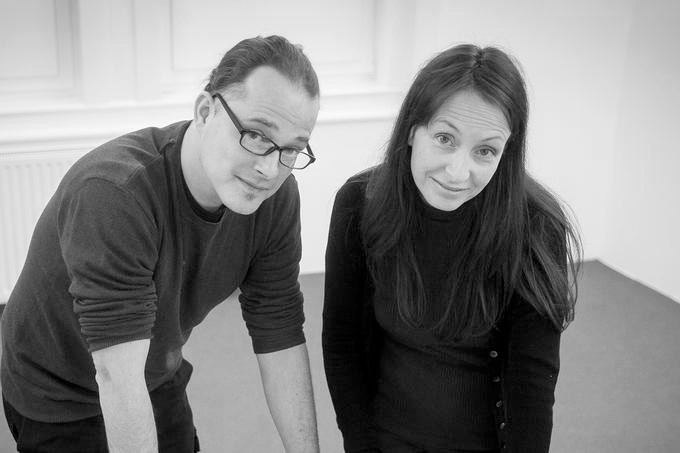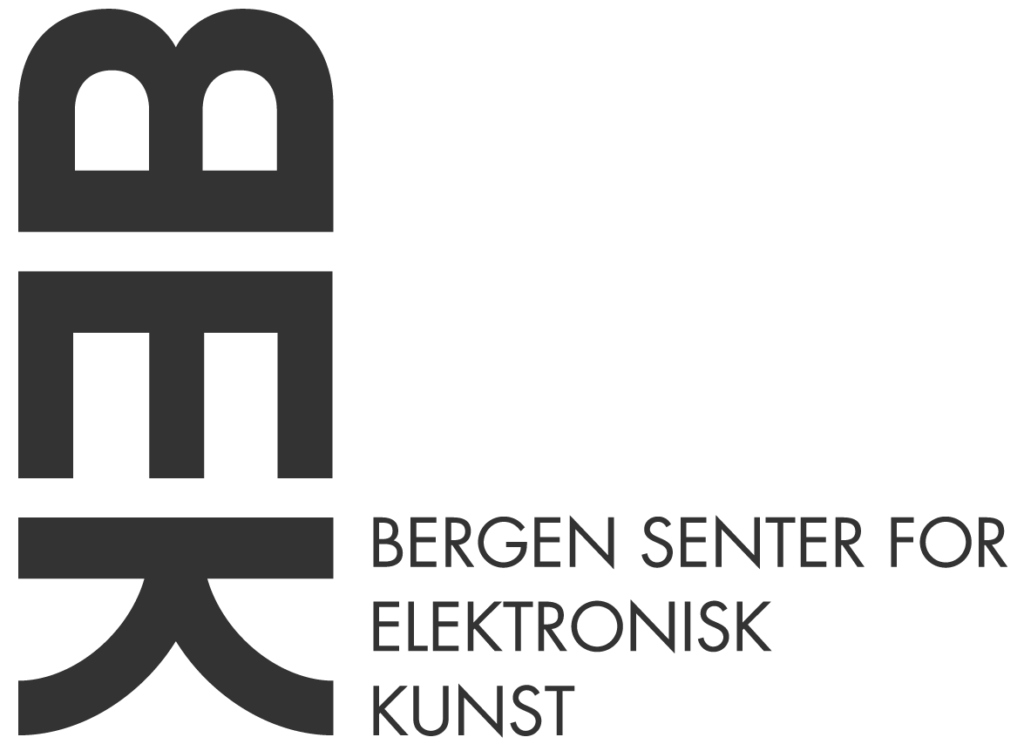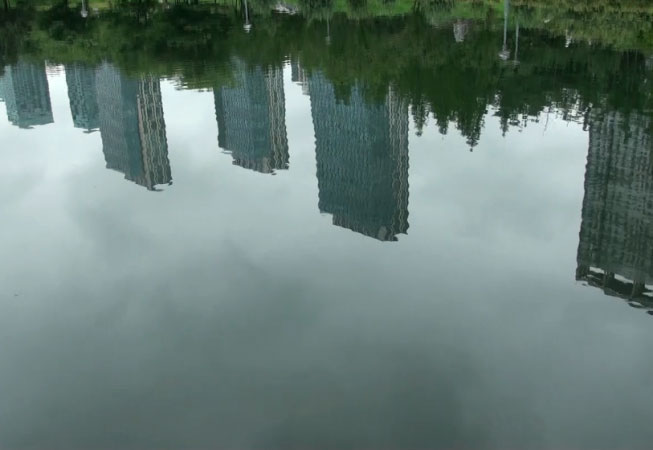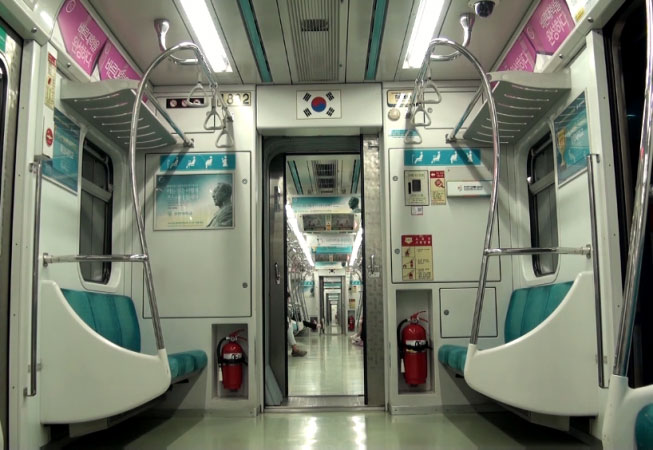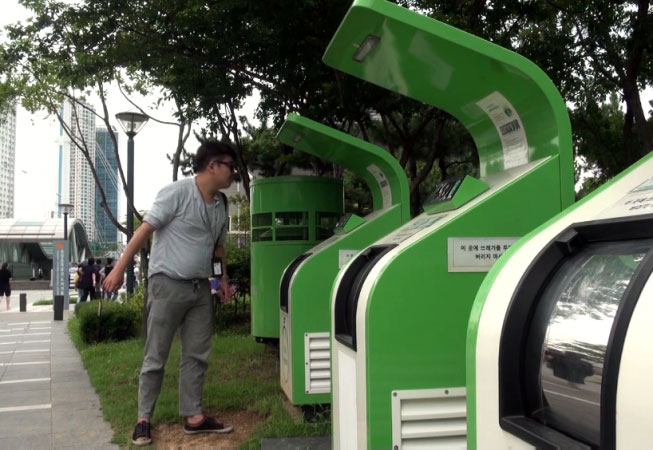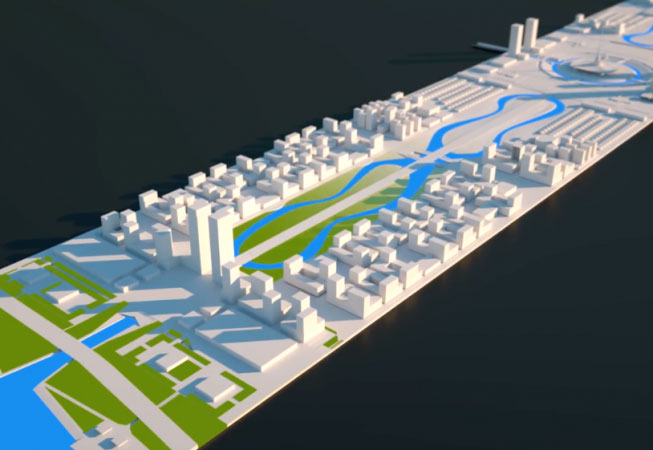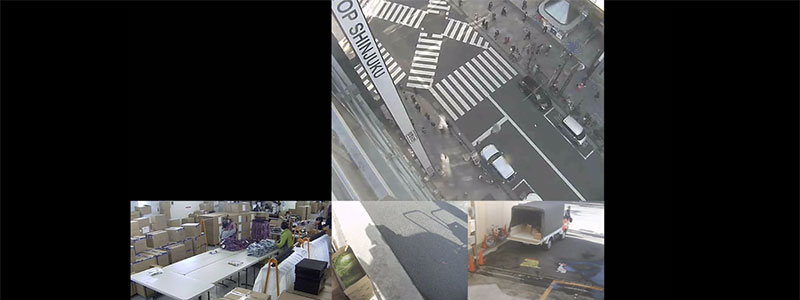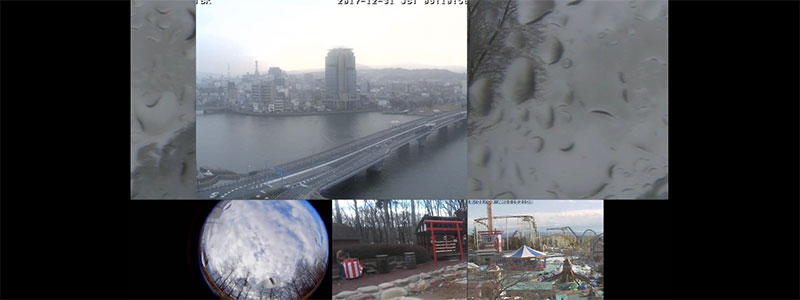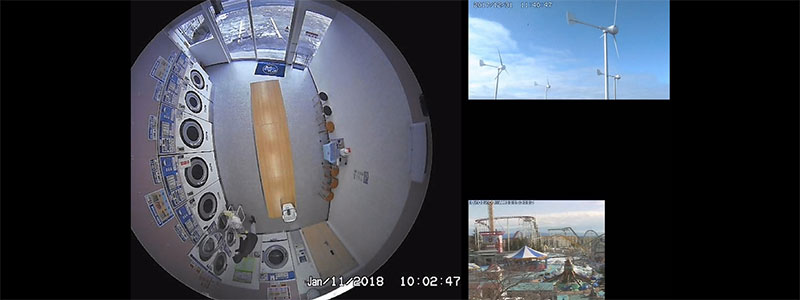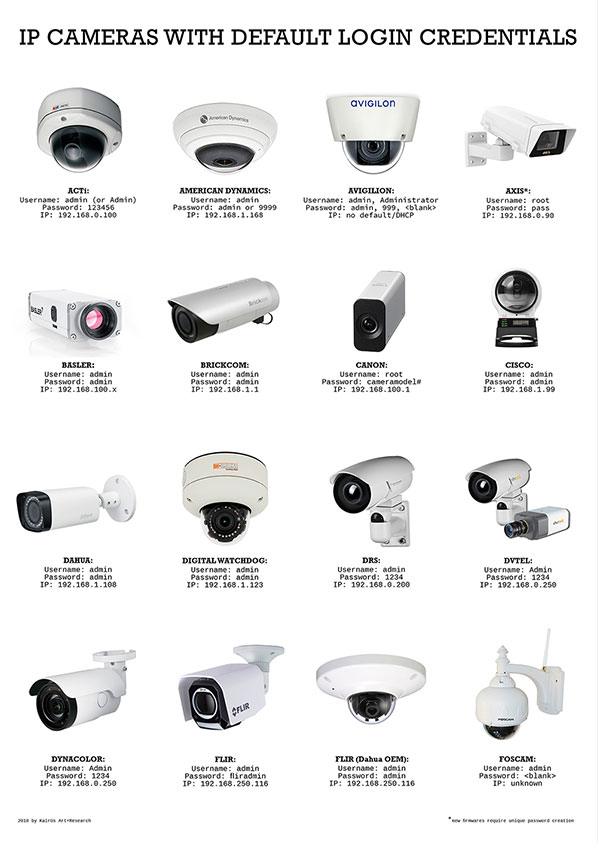KairUs is a collective of two artists, Linda Kronman (Finland) and Andreas Zingerle (Austria). Currently based in Bergen (Norway), they explore topics such as vulnerabilities in IoT (Internet of Things) devices, the corporatization of city governance in smart cities and citizen-sensitive projects in which technology is used to reclaim control of our living environments. Their practice-based research is closely intertwined with their artistic production: adopting methodologies used by anthropologists and sociologists, their artworks are often informed by archival research, participatory observations and field research. Furthermore, they publish academic research papers and open access publications to contextualize their artworks to wider discourses such as data privacy and security, activism and hacking culture, disruptive art practices, electronic waste and materiality of the internet.
Between 2010-2016, KairUs worked with the theme of cyber crime (Internet fraud and online scams), constantly shifting focus approaching the theme from various perspectives: data security, ethics of vigilante communities, narratives of scam e-mails, scam and technologies. Subjects of the research were online scammers, vigilante communities of scambaiters and their use of storytelling and technology. In 2017, KairUs won the Stuttgarter Filmwinter Network Culture award with their installation “Megacorp.” In the projects ‘Behind the Smart World’, ‘Internet of Other People’s Things’ and ‘Ruins of the Smart City’ they have been collaborating with a diverse group of artists, activists and researchers in both academic and non-academic contexts.

